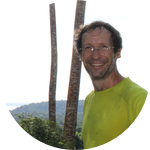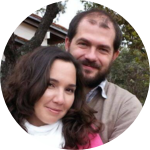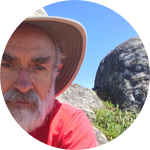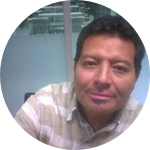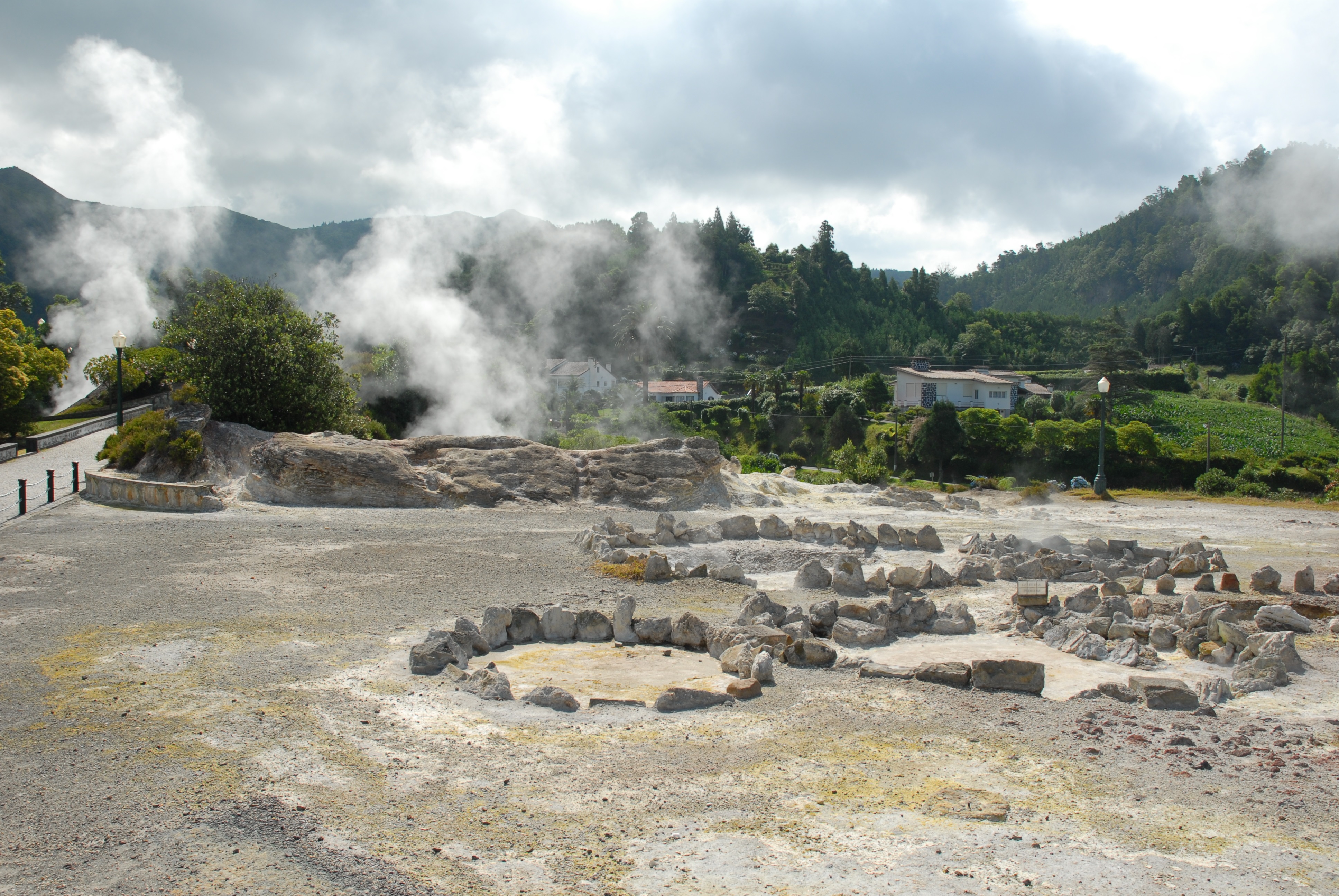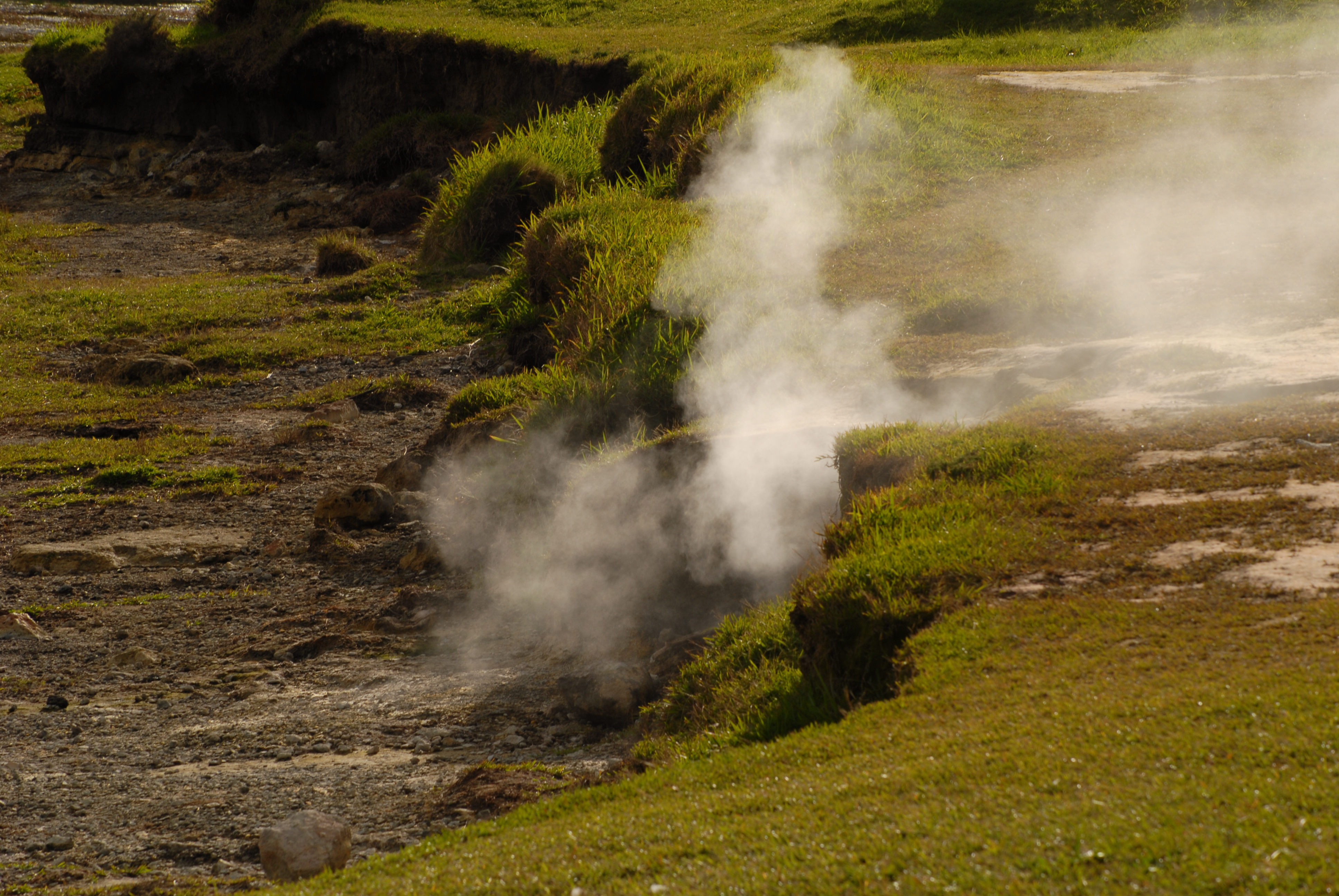About This Project
We want to tell you a story that is over half a billion years old. The earthworm Pontoscolex corethrurus is an animal that has evolved to live in an extraordinary environment, a volcanic geothermal field in Sao Miguel Island, one of the nine Islands in Azores Archipelago. By sequencing Pontoscolex’s genome we aim to reveal how this remarkable animal is able to live in the most challenging environmental conditions, such as high temperatures, acid soils, and an incredible low oxygen level.
Ask the Scientists
Join The DiscussionWhat is the context of this research?
Boiling hot springs and toxic metals – extreme volcanic environments come in all shapes and sizes but for a soil-dwelling animal the conditions associated with a geothermal field are as extreme as they come. Here, we propose to sequence the complete genome of an earthworm, the rhinodrilid Pontoscolex corethrurus, that has adapted to an environment associated with the active volcanic calderas at Furnas, São Miguel, the largest Island of the Azorean Archipelago in the middle of the Atlantic Ocean.
The high abundance of the earthworm in Furnas indicates its remarkable tolerance to high soil temperature, exceptionally high carbon dioxide, and low oxygen levels, and elevated metal bioavailability, conditions that would be lethal for the majority of terrestrial animals.
What is the significance of this project?
The genetic mechanisms by which animals cope (or not cope) with the environment within they live, encompasses some of the most fundamental processes of evolution. This genome will provide a unique opportunity to study some of these mechanisms under an extreme volcanic environment. Our study will focus on the genetic basis for biochemical, cellular and physiological modifications employed to live in such stressful environment.
From our previous studies, we found evidence that the worms may be swapping genes with other organisms (known as horizontal gene transfer (HGT)). Such genes may confer advantageous functions. A high-quality genome will confirm (or not) presence and nature of HGT, and better understand a phenomenon that remains unclear in the evolution of multicellular eukaryotes.
What are the goals of the project?
The primary goal will be to completely assemble the genome of the volcanic earthworm Pontoscolex corethrurus, using the latest genome sequencing technology. We want to produce a high-quality reference genome that is contiguous enough to enable the study of genetic rearrangements and horizontal gene transfers. This process will be integrated with data that we generated over the last three years.
The genome of Pontoscolex is “unusual” (inherent genetic diversity and large repeat elements), making it difficult to study. Moreover, the unusual structure of this animal’s genome may be the key to its survival. The sequencing we want to use produce highly accurate long reads, which allow us to overcome the sequencing challenges, and investigate the unusual nature of the Pontoscolex genome.
Budget
This project started with Luis C.’s Ph.D., which carried out a genetic characterisation of Pontoscolex’s populations on the volcanic island. Yet, due to limited funding, we were never able to get sufficient data to answer our central question: “How is this animal able to tolerate such an extreme environment?”. Still, we were able to generate short read data that allowed us to understand some of the complexity and the need to get a complete genome.
Data sourced in PacBio Sequel system and SMRT Sequencing will allow us to deeply explore the genome and accelerate research, enabling a comprehensive view of the genomic structure and variation and still keep a cost-effective approach.
We aim to secure funding for 5 SMRT cells, which is half the project and will allow an overview of horizontal gene transfer, but ultimately hope to secure enough funding for 10 SMRT cells (10K) to sequence the whole genome at high quality.
Endorsed by
Meet the Team
Affiliates
Affiliates
Luis Cunha
I am an environmental biologist/bioinformatician specialized in invertebrate biology, currently working as a Marie-Curie Fellow between Cardiff, UK and EMBRAPA in Brazil. I have been actively involved in several NGS-based genomic and transcriptomic projects to assemble and annotate several invertebrate genomes. I am also involved in projects related to evolutionary ecology, phylogenetics and population genetics and genomics, including functional genomics of organisms living in extreme environments. I am particularly amazed by the volcanic Pontoscolex corethrurus, which became the main subject of study during my Ph.D. research project.
Dave Stanton
I am an evolutionary biologist and population
geneticist, with a particular interest in interactions between humans and
wildlife throughout history. My current post-doc aims to infer ancient human
migrations across South America, using the earthworm, Pontoscolex corethrurus as a proxy for human movements.
Samuel James
I started studying earthworm ecology in 1979, and diversity and phylogenetics in the mid-1980s. One of my enduring fascinations has been with the relationship of earthworm evolutionary history to their geographical distributions. Mostly I think about deep time scales, but the recent history is looking really interesting too!
Peter Kille
I am the director of UK Environmental ‘Omics Synthesis Centre (EOS) which represents my passion for taking all things 'Omics' and applying them to unlocking the natural world on a molecular level. I like to nothing better than to unlock the genomics on the "forgotten" invertebrate phylum, from earthworms to arthropods.
Rafael Montiel
I am a biologist interested in the study of nuclear-mitochondrial co-evolutionary interactions and how these have shaped the functional interactions between the nucleus and the mitochondria in the cell. Recently, mitochondria have been implicated in different complex diseases, including neurodegenerative diseases, diabetes, and cancer. Mitochondria have their own genetic material, the mitochondrial DNA (mtDNA) that is transmitted maternally in most animals and has its own particular rules of evolution. In previous research, we found that populations of Pontoscolex corethrurus living in the Furnas geothermal field (Azores), possesses the lowest within-population mitochondrial diversity but an unexpectedly high degree of nuclear variability as compared to the other populations analysed, which are not exposed to geothermal activity. It would be interesting to understand whether the mitochondrial function is somehow related to the ability of this population to tolerate the extreme geothermal conditions that are lethal for the majority of terrestrial metazoans.
Additional Information
********************* Backer Rewards! *********************
$1 (no limits) or more, we will annotate an earthworm gene together with your name in order to remind us and the scientific community of your good will towards earthworm's science!
$100 (21 of 200 backer rewards gone) or more, we will mail you a flash drive with a copy of the volcanic earthworm genome, metadata and a batch of high-resolution photos of Azorean volcanic landscapes, together with some photos of our beloved volcanic earthworm. Also includes backer rewards options above.
$500 (2 of 5 backer rewards gone) or more, your name will figure out in the Acknowledgements section of a scientific publication (just for individuals, companies please contact us first). Also includes backer rewards options above.
$1500 (0 of 3 backer rewards gone) join us in a field trip (Travel expenses not included) to Azores (Sao Miguel Island) where you will be able to appreciate beautiful landscapes and to find the Vworm in its natural habitat (August-September, 2017). Please contact us for details and if you have any questions. Also includes backer rewards options above.
$3500 (0 of 1 backer rewards gone) join us in a field trip (Travel expenses not included) to the deep Brazilian Amazon looking for earthworms (during early 2017). Please contact us for details and if you have any questions. Also includes all backer rewards options above with the exception of the Azores trip. First $3500 backer will have the option to choose between the two trips (Azores or Amazon).
$5000 (0 of 1 backer rewards gone), so you are our biggest hero, you will be invited to join us in both trips. Please contact us for details and if you have any questions. Also includes all backer rewards options above.
For trip details, message Luis via Experiment.
..........................................................................................................................................................
The unstable terrestrial geothermal field represents multiple-challenges for these animals.
The earthworm populations inhabit grass patches surrounding the geothermal field, under amazingly stressful conditions.
Project Backers
- 74Backers
- 104%Funded
- $5,237Total Donations
- $70.77Average Donation

